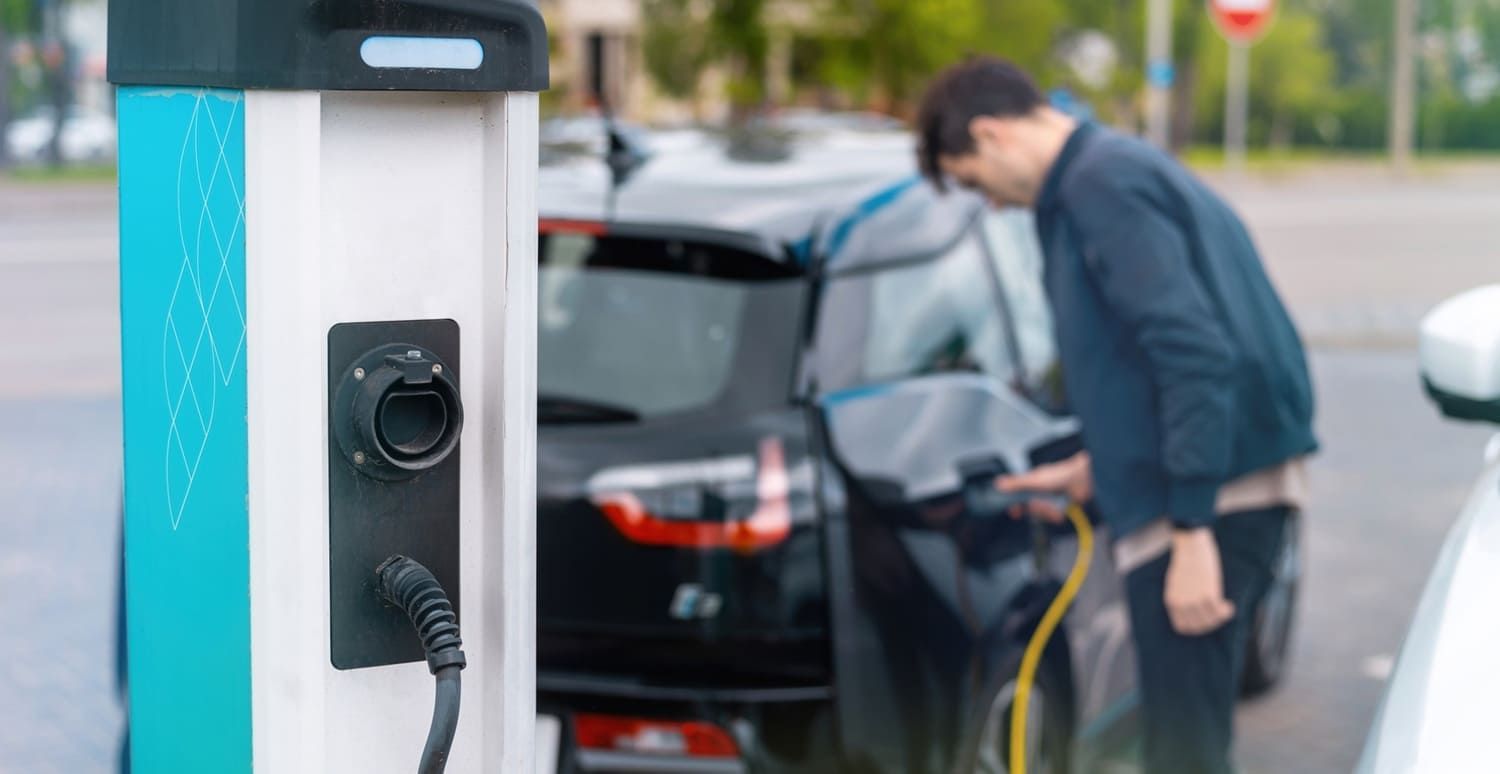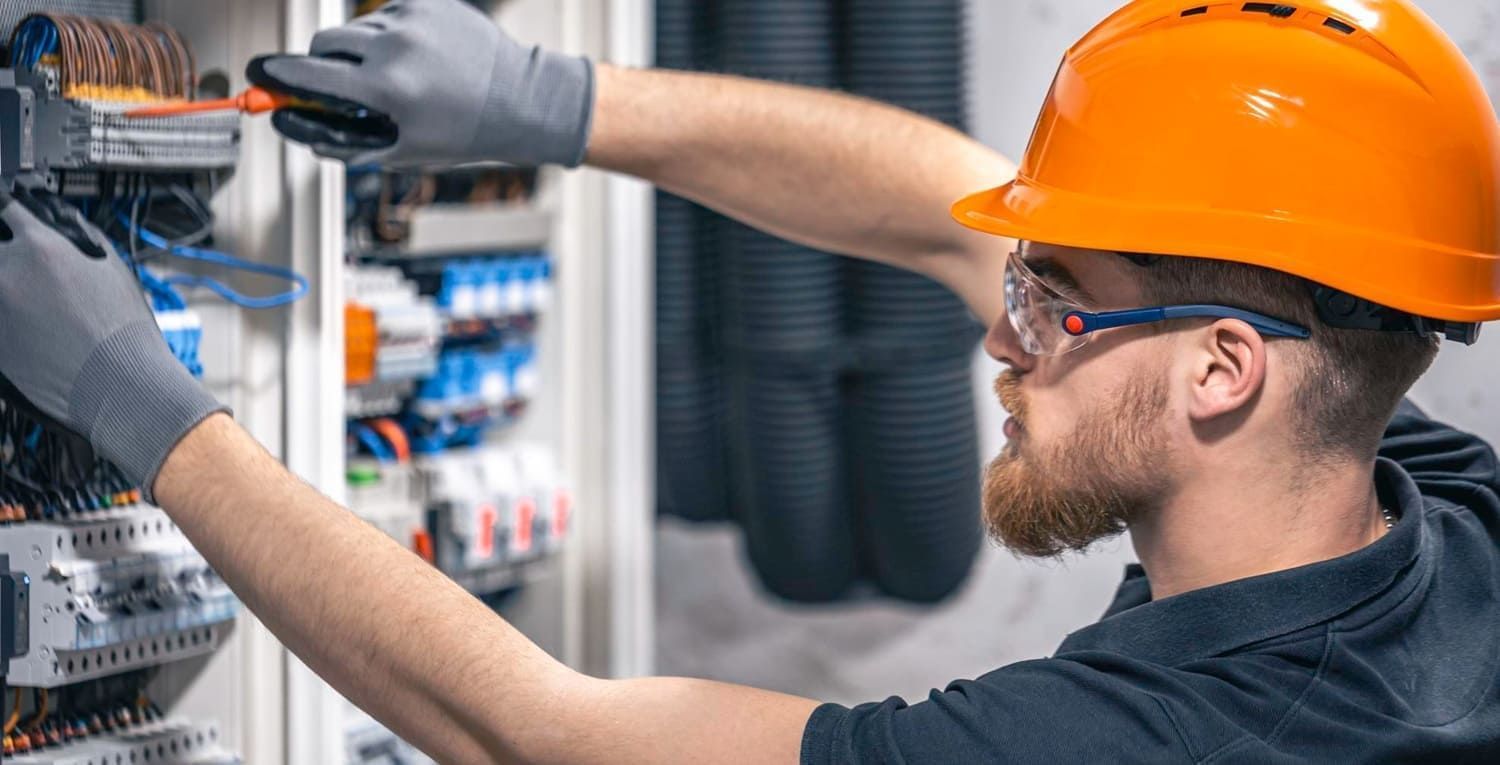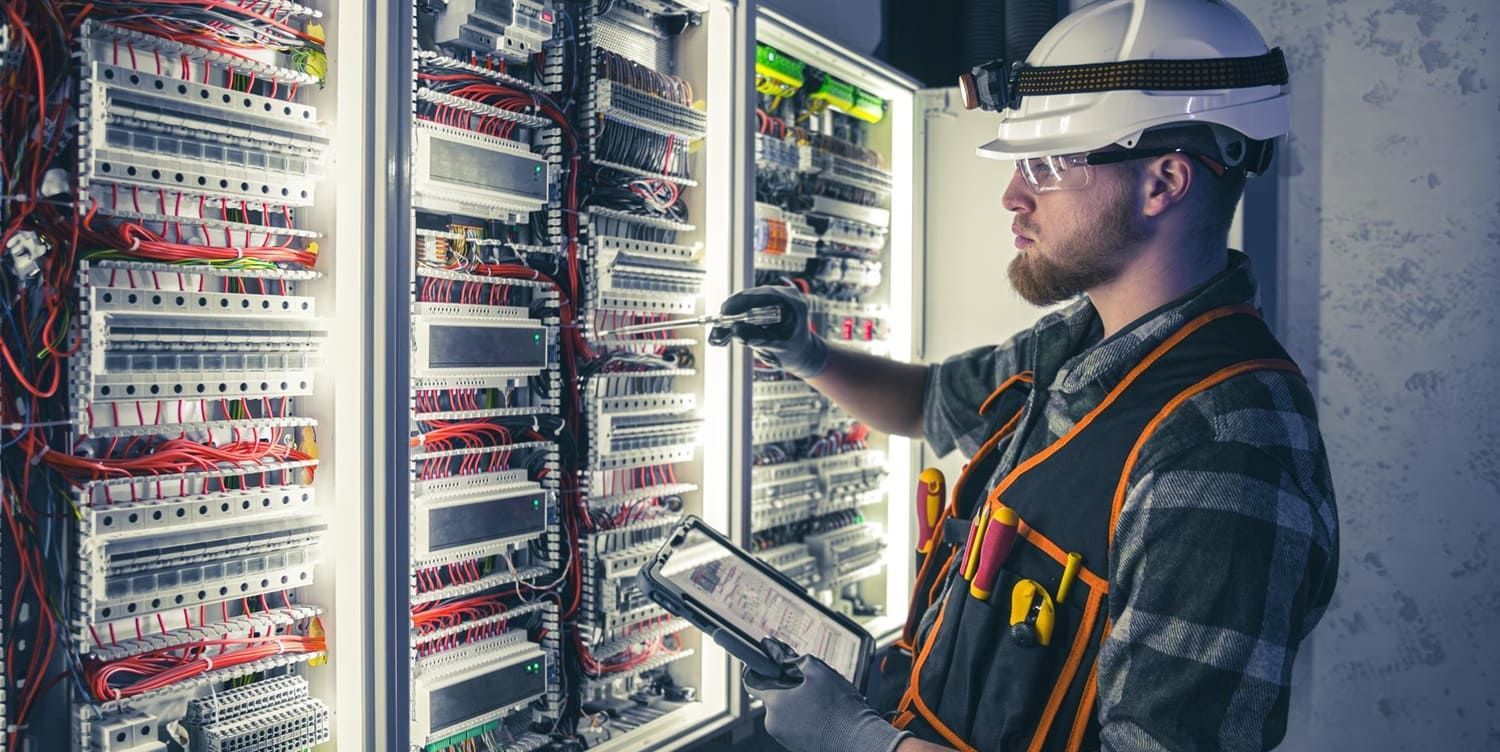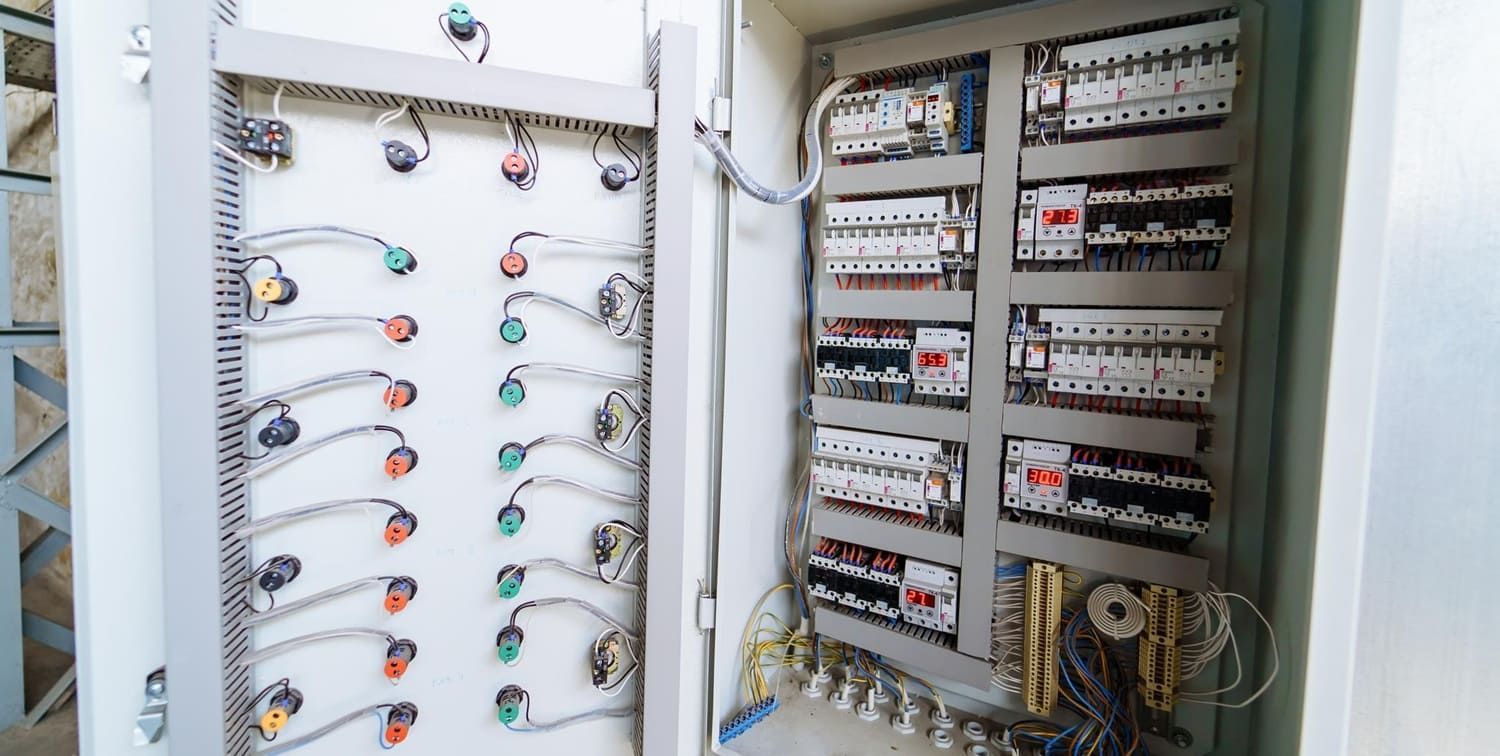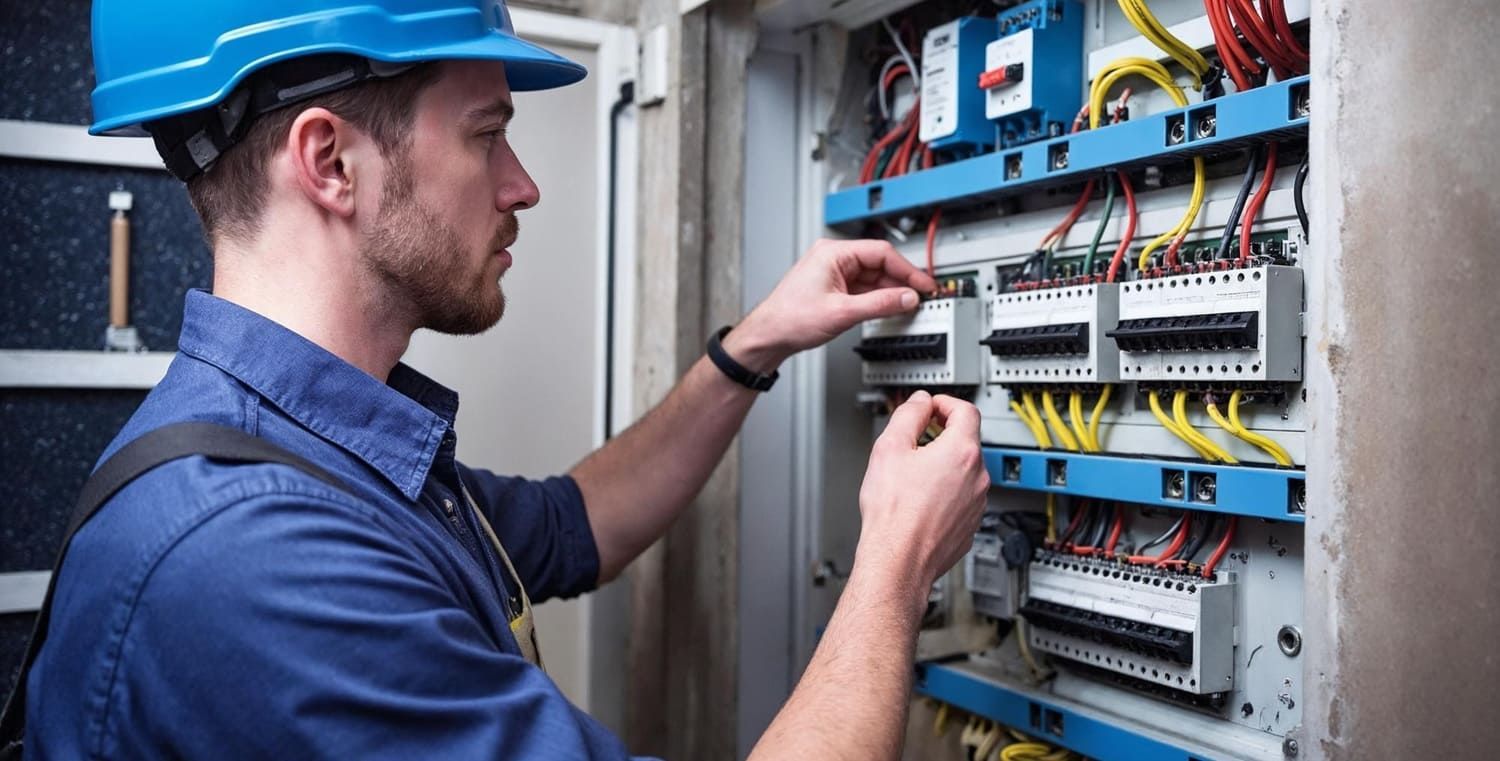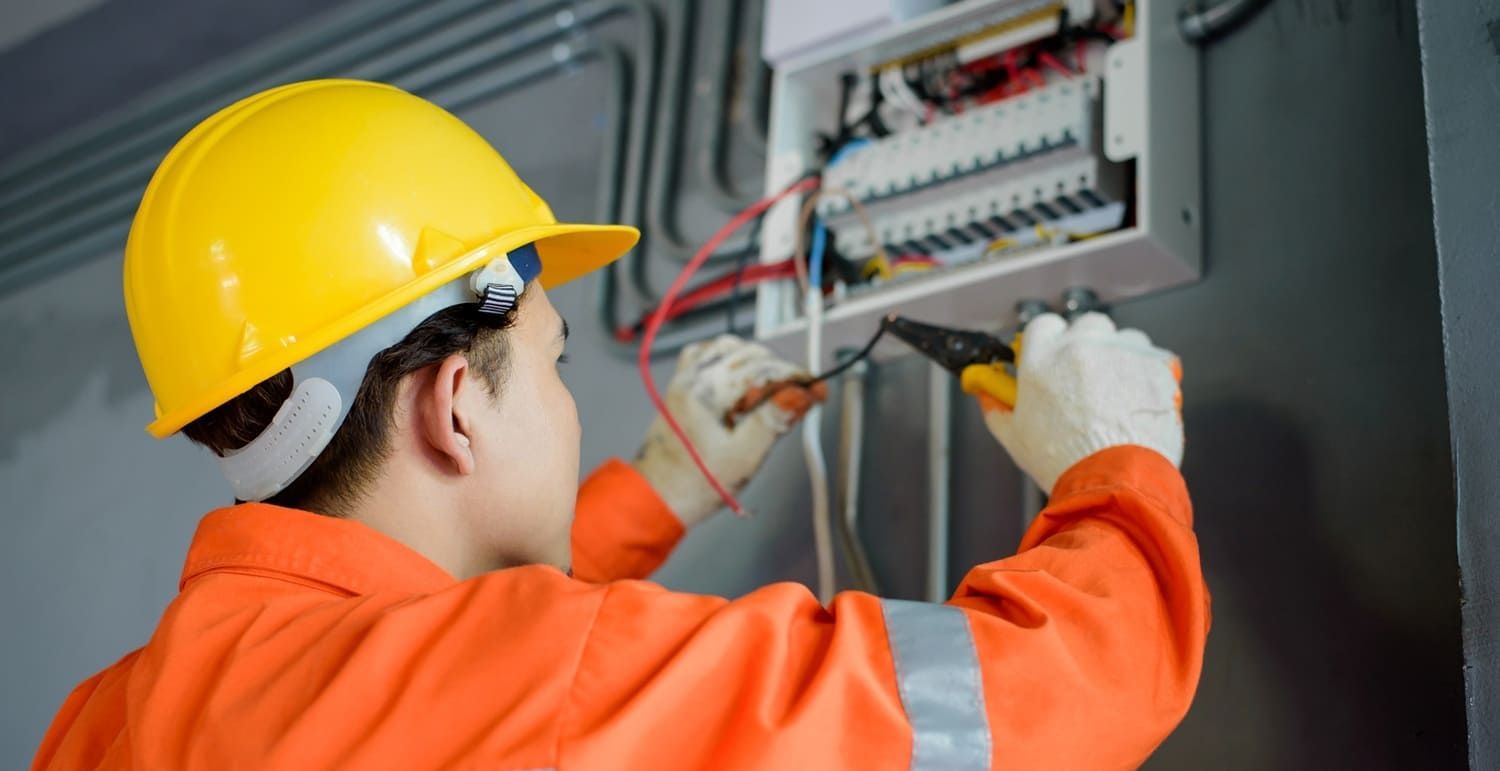Is Knob and Tube Wiring Safe?
If you have an old home, there's a chance it has knob and tube wiring. The question is: is knob and tube wiring safe? Find the answers here.
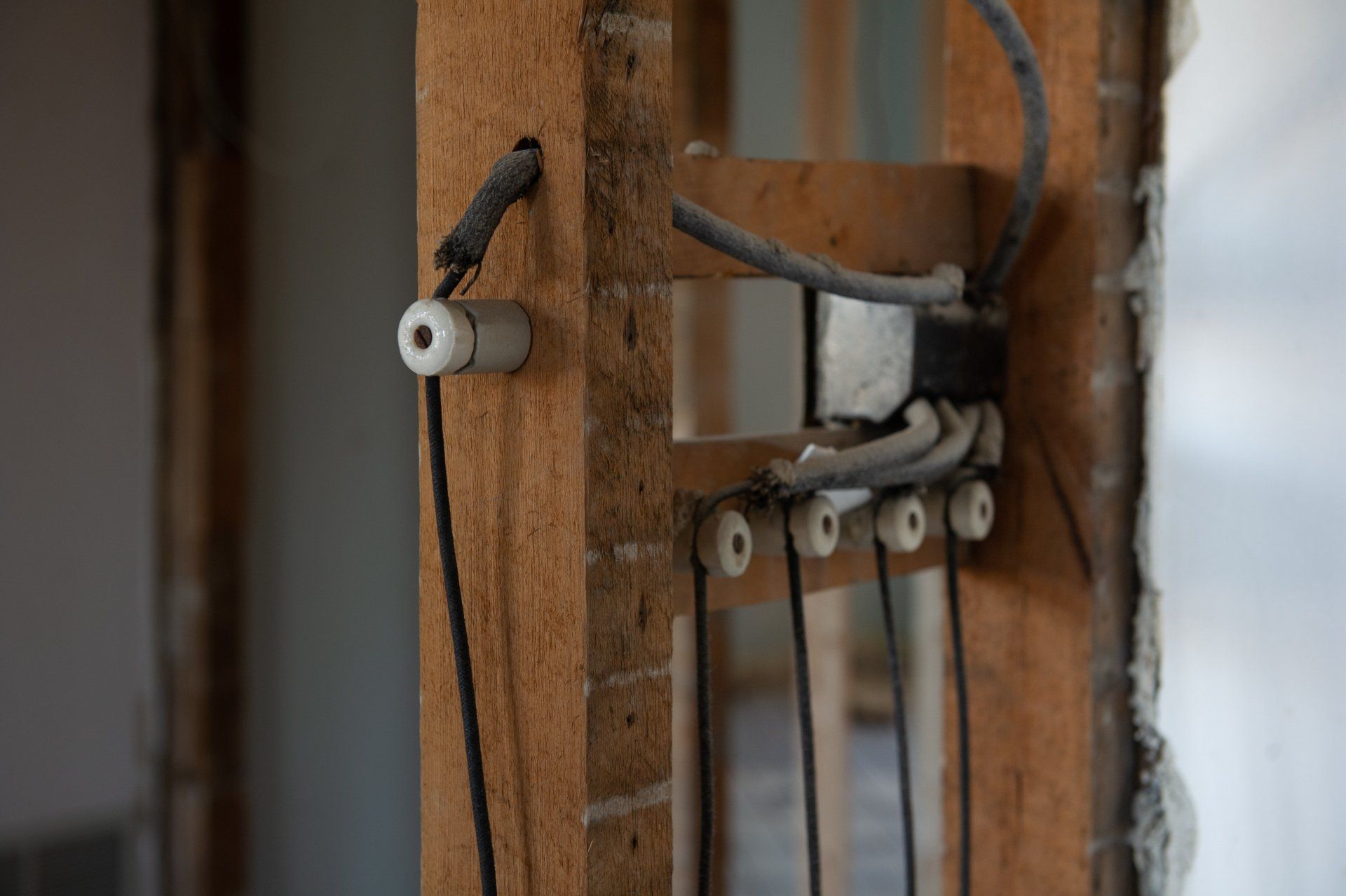
Was your home built in the 19th century or early 20th century? If so, it almost certainly has knob and tube wiring in its walls.
While knob and tube wiring is effective at providing electricity, it's far from ideal in the 21st century. Why? Because it doesn't necessarily possess the capacity to meet modern electrical needs.
This can result in a number of problems, one of which has to do with safety. So, is knob and tube wiring safe? We're going to get into that question below.
What Is Knob and Tube Wiring?
Knob and tube wiring is a form of electrical wiring consisting of copper wire and ceramic tubes or knobs. The copper wire is typically insulated with cloth or rubber. The ceramic tubes or knobs are there to offer additional safety protection, as they keep the wire from touching the insides of a home's walls.
This was the preferred electrical wiring method throughout the 19th century and up to the mid-1900s. In fact, K&T wiring was used up into the 1970s in some cases.
K&T wiring systems utilize 60-amp breaker boxes. This is a far cry from the 100-amp breaker boxes of today. As such, K&T wiring systems often have trouble keeping up with a modern home's electrical needs.
These days, K&T wiring is banned in new construction homes. That said, it can still be used in already-existing homes.
Is Knob and Tube Wiring Safe?
In and of itself, knob and tube wiring is safe. However, it has a number of characteristics that can quickly turn it into a hazard. In other words, it has the capability to become dangerous.
Some of the problems with K&T wiring include:
It's Old
First and foremost, K&T wiring is old. Because of this, it's suffered a substantial amount of wear and tear. In all likelihood, this wear and tear have compromised the safety of your K&T wiring.
Let's say that portions of the wiring are left uninsulated due to deterioration. These exposed areas are more prone to setting off sparks and starting fires.
It's Improperly Insulated
These days, electrical wiring is insulated with the use of PVC, a plastic material that's specifically designed to keep the metal wire from overheating. K&T wiring, on the other hand, is insulated with either cloth or rubber, neither of which does a great job of stopping overheating.
This means that K&T wiring is more likely to overheat and therefore more likely to start a house fire.
It Has the Potential for Inadequate Alterations
If a home possesses K&T wiring, its wiring has likely been altered several times over the years. If these alterations were made by quality electricians, they were probably beneficial. If they were made by inexperienced electricians, they could be inadequate and therefore lead to old electrical wiring issues.
These issues could eventually become fire hazards.
It's More Difficult to Insure
In some cases, homes with K&T wiring can be difficult to insure. This is because insurance companies see them as a bigger risk for house fires. As a result, if you have K&T wiring in your home, you'll usually have to pay a more expensive insurance premium than you would have to otherwise.
It's Not Grounded
Another big issue with K&T wiring is that it's not grounded. In other words, it has no ability to reach an outlet's 3rd prong. It's only designed to work with two-prong, ungrounded outlets.
This increases its risk of shocking you, not to mention its risk of causing house fires. In some cases, it even fails to meet modern electrical codes.
It Doesn't Work Well With Modern Home Insulation
Because it's not well insulated itself, K&T wiring tends to let off a great deal of heat. This necessitates that it has some space between it and the closest object. If it doesn't, a fire could start.
In the old days, this was okay, as there was very little insulation within a home's walls. Therefore, the K&T wiring had plenty of room to "breathe".
These days, however, a home's insulation takes up a great deal of space and is, in some cases, making direct physical contact with the K&T wiring. This, of course, creates a fire hazard.
What Should You Do if You Have Knob and Tube Wiring?
As you can see, K&T wiring comes with a number of problems. But what should you do about it if you have it?
In most cases, you should just have it inspected every year or so. This way, an experienced electrician can check for any issues that may have arisen and make small alterations as needed.
In more severe cases, for instance, cases in which the electrical system is presenting major safety or functionality issues, it will need to be replaced in its entirety.
Replacing a K&T wiring system is, as you might expect, a major project. It will cost you between $5,000 and $15,000, and will essentially put you out of your home for a month or so.
In any case, it's vital that you do something to combat the problem. K&T wiring is functional but always has the potential to be dangerous.
Have Your Knob and Tube Wiring Inspected
Is knob and tube wiring safe? As you can see, it's complicated. That said, it's nowhere near as safe as modern electrical wiring, and therefore requires a lot more attention.
If you want to ensure the safety of your knob and tube wiring, you need to have it inspected regularly by an experienced electrician. Looking for an experienced electrician in Dunedin, Florida? Look no further than Buell Electric Inc.
We're highly experienced in the inspection of knob and tube wiring and know exactly when to make updates and alterations. We'll ensure that your electrical system is safe, functional, and reliable.
Contact us now to schedule an inspection!



